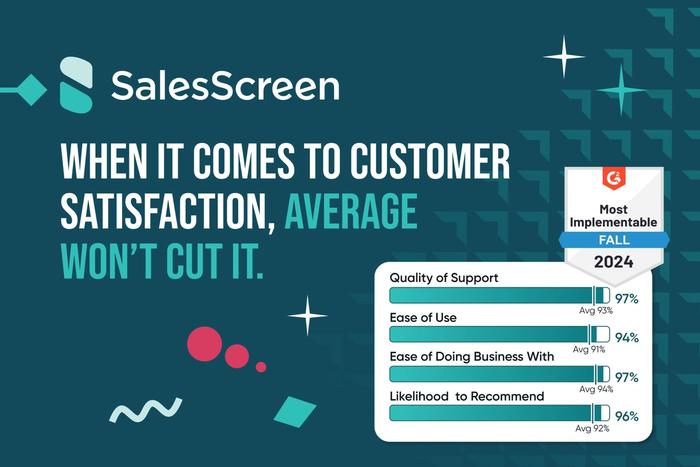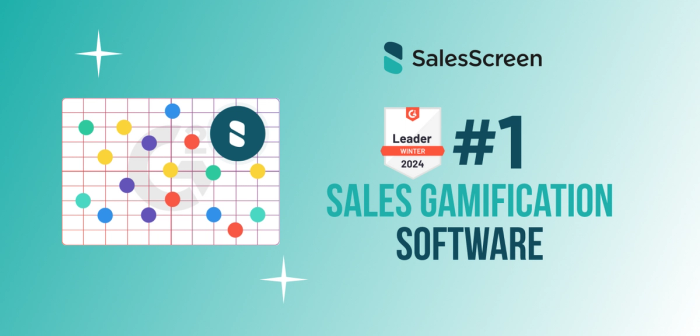Now, due to the rise of automated, data-driven systems, gamification has new power and new potential.
The global gamification market is expected to grow to over 11Billion USD annually by 2020, at an estimated compound annual growth rate (CAGR) of between 45–67%. This is largely due to a new, technologically savvy millennial workforce that requires constant data and engagement as well as the growth of cloud-based systems which can now share information from across the globe in real-time, bringing people and offices together to achieve common goals.
The Scandinavian region has been a predominately receptive market toward the adoption of gamification solutions. The high adoption of customer-based solutions and enterprise-based solutions are driving the gamification market in Scandinavia. Moreover in this region, countries such as Norway, Sweden and Finland are adopting gamification solutions to enrich their sales and customer service activities with better employee engagement, customer interaction, and and recognition for key task performance. Gamification is a great tool to boost adoption of data driven systems and make the work environment more fun, rewarding and intuitive with real-time data updates displayed in unique ways.
Gamification is still relatively new in Norway but is quickly gaining attention due to its popularity and ability to use cloud-based technology to bring together separated offices around common goals and to make proper data entry more rewarding. Across the globe, results are similar. Our product is used in over 15 countries around the globe and growing rapidly. In particular, millennials love it because it makes work fun and less boring. Millennials love to celebrate together, receive mentorship and work towards common goals. Gamificiation makes that possible. And considering that the millennial workforce is expected to more than double by 2025, it is becoming an absolutely essential part of any company’s engagement and retention strategy.
1. Are there different gaming trends?
There are many different trends. However, over 80% of gamified systems fail due to poor design. People think that they can just create some basic system that gives people badges for completing daily tasks… but that’s not how it works. To succeed, you have to go far beyond “basic gamification”. You have to find a way to focus on the customer and help your users exceed their targets.
Nobody cares about basic badges because it’s really not very rewarding to work really hard and then just get some random badge. You have to understand what motivates the users and design your gamification strategy around that. For instance, winning a competition and receiving a bottle of wine is fun. Being able to challenge your friends in a competition towards sales value or meetings booked is fun because it has a very social aspect and you can bet a beer or pizza on it if you’d like. The bottom line is that when gamifying something, you have to have a very clear strategy that really motivates people internally by rewarding them with recognition and meaningful rewards rather than just simple things that lose value quickly.
The basic rules for proper gamification are always the same:
- Define your target behaviors that lead to business success (KPIs)
- Find ways to reward and recognize people for achieving those behaviors
- Ensure that the rewards are meaningful
- Make it fun!
People love games but gamification should never be used as a cheapened carrot-and-stick technique. The carrot and stick only works if users care about the carrot, understand their progress, feel motivated and not abused by the gameplay/pursuit, and feel that it makes work more fun while building cohesion and camaraderie. It is not a slavery tool… it is a proper motivational tool that can have incredible results when employed correctly.
2. Are there specific industries using gamification?
Gamification is now used in many roles from education and learning to marketing, customer loyalty programs (airline rewards, Starbucks, check-in here for a free hotdog, etc), sales, logistics and other fields. Due to its ability to motivate behavior towards a desired goal while making performance data easily accessible, it has become an incredibly popular workforce tool.
What do Google, Microsoft, Deloitte, Cisco, Nike, Starbucks and Ford all have in common? They all use gamification to make work goals more clear, fun and rewarding. Really gamification is used in tons of industries. From flight rewards and loyalty programs to badges for checking in or completing tasks and even to awards for completing homework assignments, gamification is everywhere. In fact, gamification has been in use for many years, but it is just now receiving a major boost now due to the millennial generation and advances in interconnected digital technologies.
Gamification is here to stay. It’s easy, it works incredibly well and it has been increasing rapidly in popularity over the past decade. Organizations which fail to implement an engaging gamification strategy will find themselves lagging behind competitors because, to put it simply, gamification is the best way to boost engagement and interactions while using real-time data. It’s fun, easy, intuitive and rewarding. Everyone wishes that work was more fun. Everyone loves games. So, make work more fun by using games to drive desired behavior towards key objectives.
3. What are the first moves one should take to start with gamification?
Gamification is like any other workplace tool so before you just decide to purchase whatever looks fun, do your homework.
- What are your objectives?
- Will it help you reach those goals? How?
- What’s your budget?
- Who will be responsible for implementing and administering the program?
- What are the personality types and demographics?
- How will you provide meaningful rewards?
- Will this be a good addition to your organizational culture?
- Have you shopped around?
- Do you have a detailed strategy for how to implement gamification and ensure that it doesn’t become a meaningless program in the corner of the office?
The rewards of proper gamification can be absolutely incredible. We’ve had multiple clients increase annual revenue by over 300% since using our product by making work more fun and by aligning gamification with their current strategies… but it does take hard work and planning. As with anything else in life, you must: define your goals, develop a strategy, work towards proper implementation and keep it fun. If you achieve these, you will be off to a great start!
4. What does it cost?
Our Pro package includes everything you need to get started and begins at NOK249/user/month ($25) on an annual contract or 299/user/month ($30) on a month-to-month plan. Of course we also have Starter and Enterprise plans to ensure that we meet the needs of everyone. In addition, we offer a robust webshop where users can purchase additional content and new features to add to their setup for a very basic one-time fee, if they so desire. You can learn more about our pricing here. In general, we are very competitively priced and would love the opportunity to run a demo and explain more about data-driven gamification for sales and customer service.










